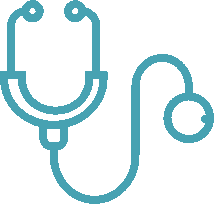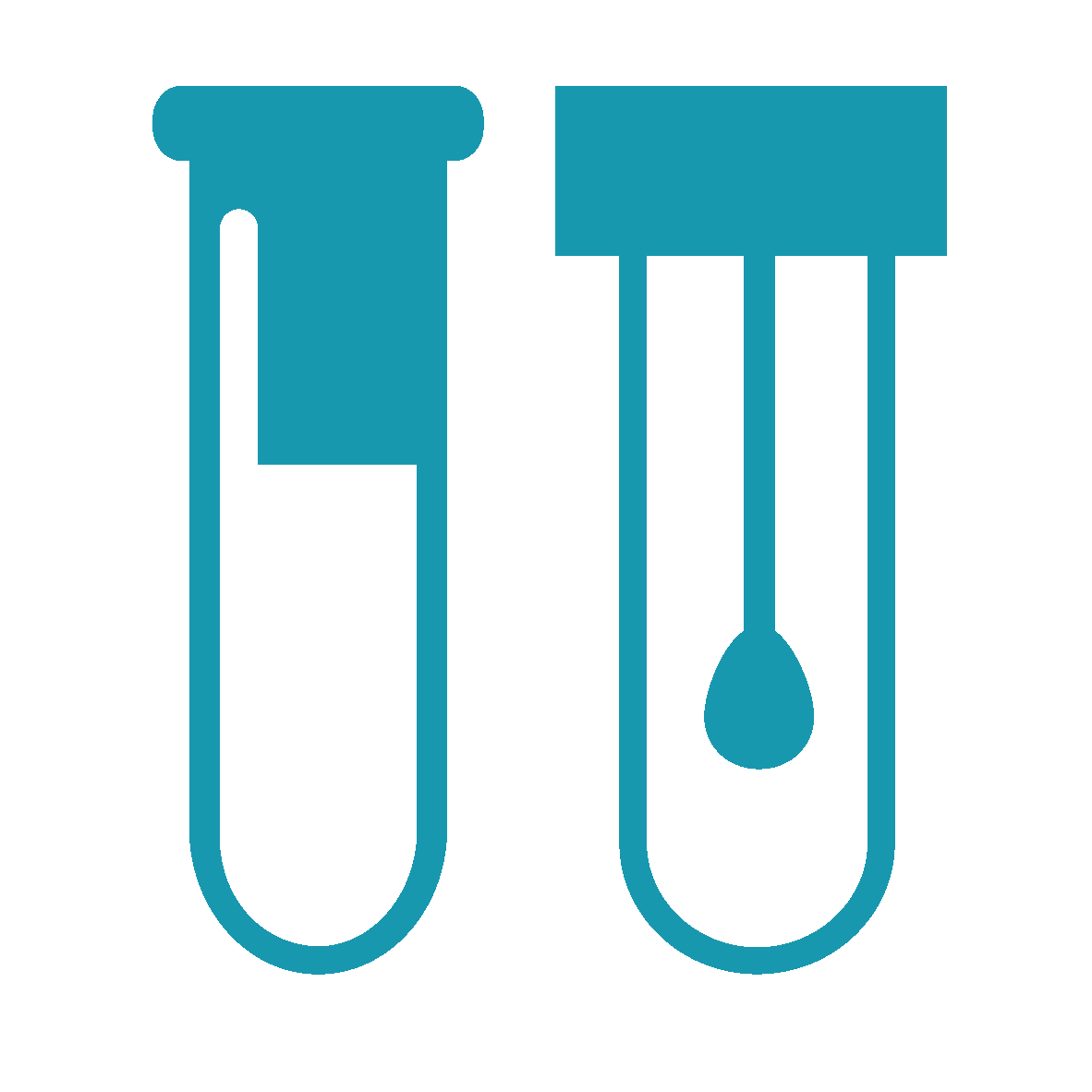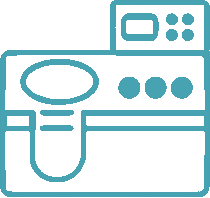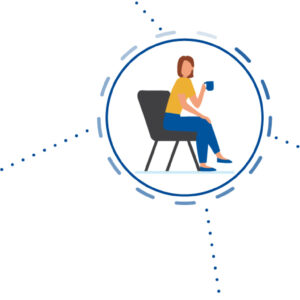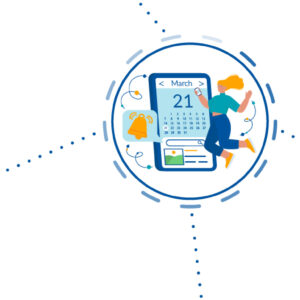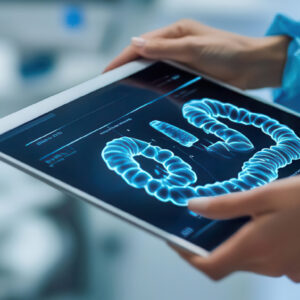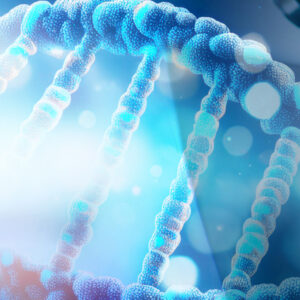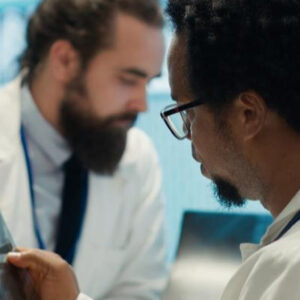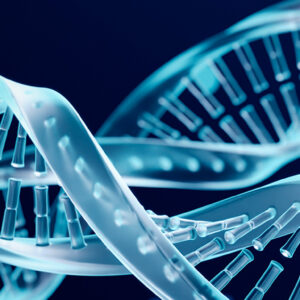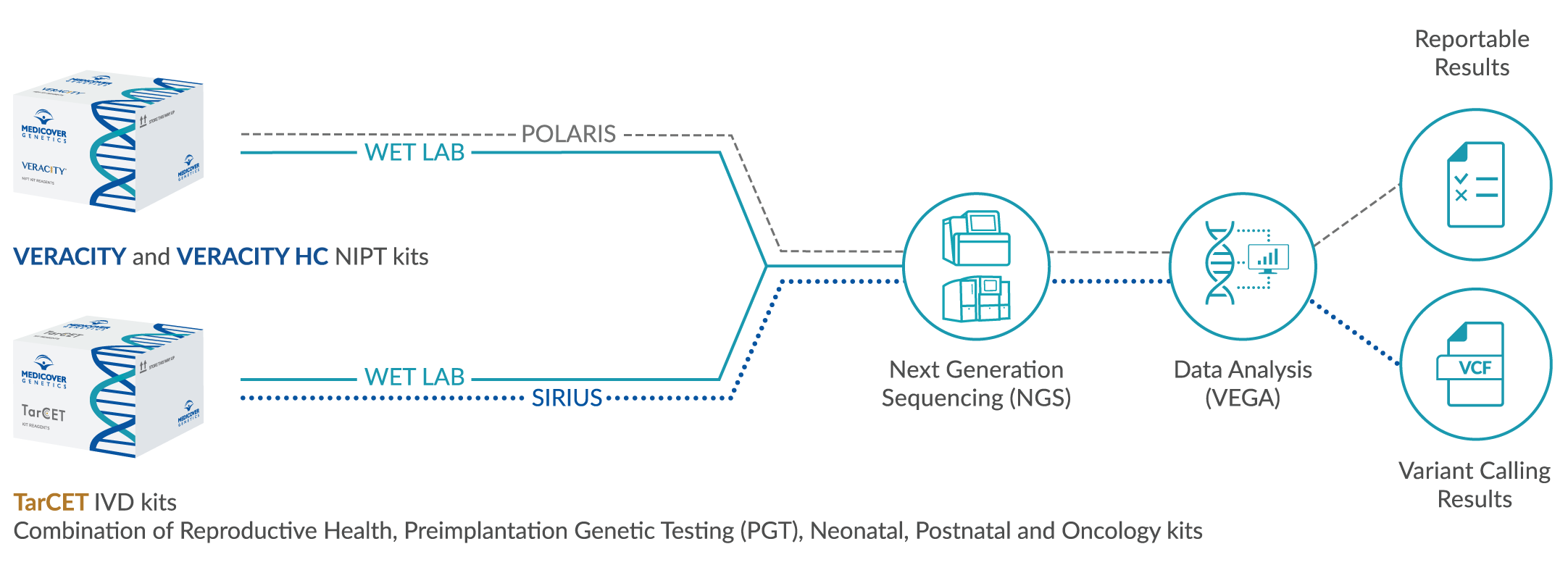Coffin-Siris syndrome is a rare and complex syndrome, the main symptoms of which are a developmental disorder, muscular hypotonia, a characteristic facial appearance, and specific features such as hypoplasia/aplasia of the 5th finger. It is caused by genetic changes (pathogenic variants) in eight different genes, with ARID1B being the most frequently affected.
Also called
Coffin Siris Syndrome is also known as:
- CSS
- Dwarfism-onychodysplasia
- Fifth digit syndrome
- Mental retardation with hypoplastic fifth fingernails and toenails
- Short stature-onychodysplasia
Symptoms
The main symptoms of Coffin-Siris syndrome include:
- Characteristic facial appearance with full lips, a wide mouth, a broad nasal bridge and nose tip, thick eyebrows, long eyelashes
- Hypertrichosis with sparse scalp hair
- Developmental disorder of varying degree
- Hypoplasia/aplasia of the end phalanx of the 5th finger or fingernail
- Nail hypoplasia of other fingers or toes
- Muscle hypotonia
- Failure to thrive in most infants and toddlers
- Seizures in about 50%
- Hearing loss in about 50% due to frequent infections
- Strabismus (misaligned eyes) or ptosis (droopy eyelids) in about 50%
- Heart defects
- Malformations of the kidneys and urinary tract
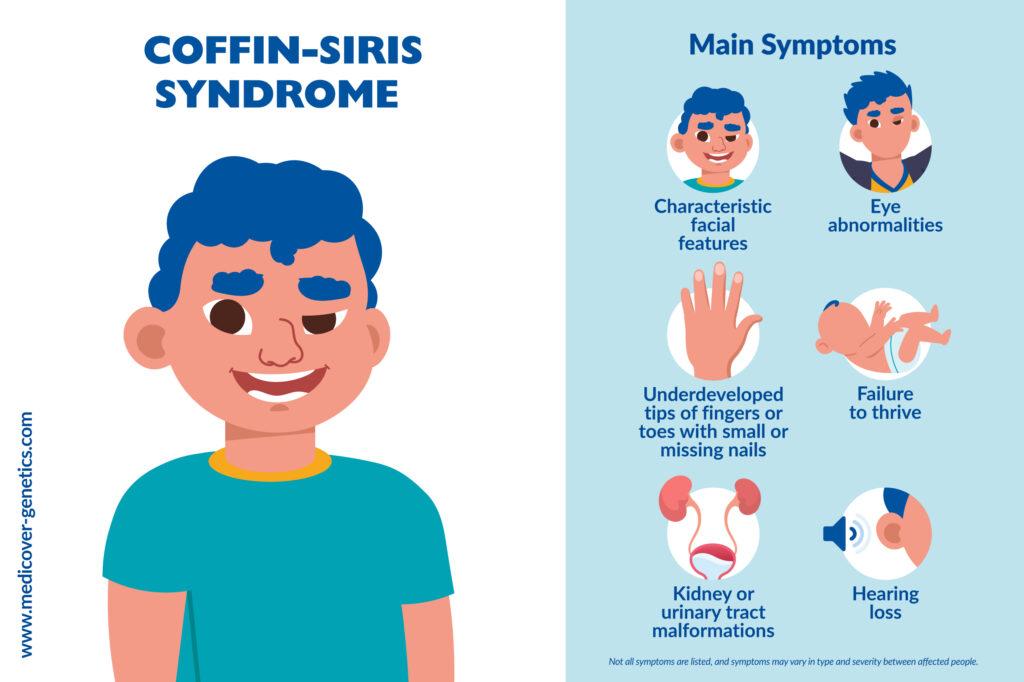
Frequency
So far, around 200 cases have been reported in the medical literature, with a higher prevalence in females compared to males.
Causes
Pathogenic heterozygous variants in eight genes are causal: ARID1A, ARID1B, ARID2, SMARCA4, SMARCB1, SMARCE1, SOX11 and DPF2.
Pathogenic variants in ARID1B are the most common, causing around 35-40% of cases. In about 40% of patients with clinically suspected Coffin-Siris syndrome, no causative variant can be detected in the aforementioned genes. Deletions have been reported rarely to date (mainly in ARID1B). Due to the genetic heterogeneity, gene panel diagnostics of the mentioned genes can be useful where there is clinical suspicion of Coffin-Siris syndrome.
The exact genetic cause remains unclear in about 40% of patients with clinically suspected Coffin-Siris syndrome.
Inheritance
The disease is inherited in an autosomal dominant pattern, although a pathogenic de novo variant is usually present in affected individuals.
Differential diagnosis
Syndromes with symptoms similar to Coffin-Siris syndrome include Mosaic Trisomy 9, Cornelia de Lange syndrome (CdLS), Coffin-Lowry syndrome, DOOR syndrome, Nicolaides-Baraitster syndrome, Brachymorphism-onychodysplasia-dysphalangism (BOD) syndrome, Fetal Hydantoin syndrome, Mabry syndrome/hyperphosphatasia, and 4q monosomy.
Treatment
Treatment for Coffin-Siris syndrome may include:
- Occupational, physical, speech therapy
- Surgical repair of certain craniofacial, skeletal, cardiac, or other abnormalities
- Multidisciplinary care involving specialist such as pediatricians, neurologists, cardiologists, orthopedists
- Gastrostomy tube, if needed
References
Vasileiou, Georgia et al. “Mutations in the BAF-Complex Subunit DPF2 Are Associated with Coffin-Siris Syndrome.” American journal of human genetics vol. 102,3 (2018): 468-479. doi:10.1016/j.ajhg.2018.01.014 https://www.ncbi.nlm.nih.gov/pmc/articles/PMC5985265/.
Ben-Salem, Salma et al. “Gonadal mosaicism in ARID1B gene causes intellectual disability and dysmorphic features in three siblings.” American journal of medical genetics. Part A vol. 170A,1 (2016): 156-61. doi:10.1002/ajmg.a.37405 https://www.ncbi.nlm.nih.gov/pmc/articles/PMC5448135/.
Wieczorek, Dagmar et al. “A comprehensive molecular study on Coffin-Siris and Nicolaides-Baraitser syndromes identifies a broad molecular and clinical spectrum converging on altered chromatin remodeling.” Human molecular genetics vol. 22,25 (2013): 5121-35. doi:10.1093/hmg/ddt366 https://academic.oup.com/hmg/article/22/25/5121/575160?login=false.
Hoyer, Juliane et al. “Haploinsufficiency of ARID1B, a member of the SWI/SNF-a chromatin-remodeling complex, is a frequent cause of intellectual disability.” American journal of human genetics vol. 90,3 (2012): 565-72. doi:10.1016/j.ajhg.2012.02.007 https://www.ncbi.nlm.nih.gov/pmc/articles/PMC3309205/
“Coffin-Siris Syndrome - Symptoms, Causes, Treatment | NORD.” Rarediseases.org, www.rarediseases.org/rare-diseases/coffin-siris-syndrome/#disease-overview-main. Accessed 12 Dec. 2023.
Vergano, Samantha Schrier, et al. “Coffin-Siris Syndrome.” www.ncbi.nlm.nih.gov, University of Washington, Seattle, 12 Aug. 2021, www.ncbi.nlm.nih.gov/sites/books/NBK131811/.
“Coffin-Siris Syndrome: MedlinePlus Genetics.” Medlineplus.gov, www.medlineplus.gov/genetics/condition/coffin-siris-syndrome. Accessed 29 Dec. 2023.






